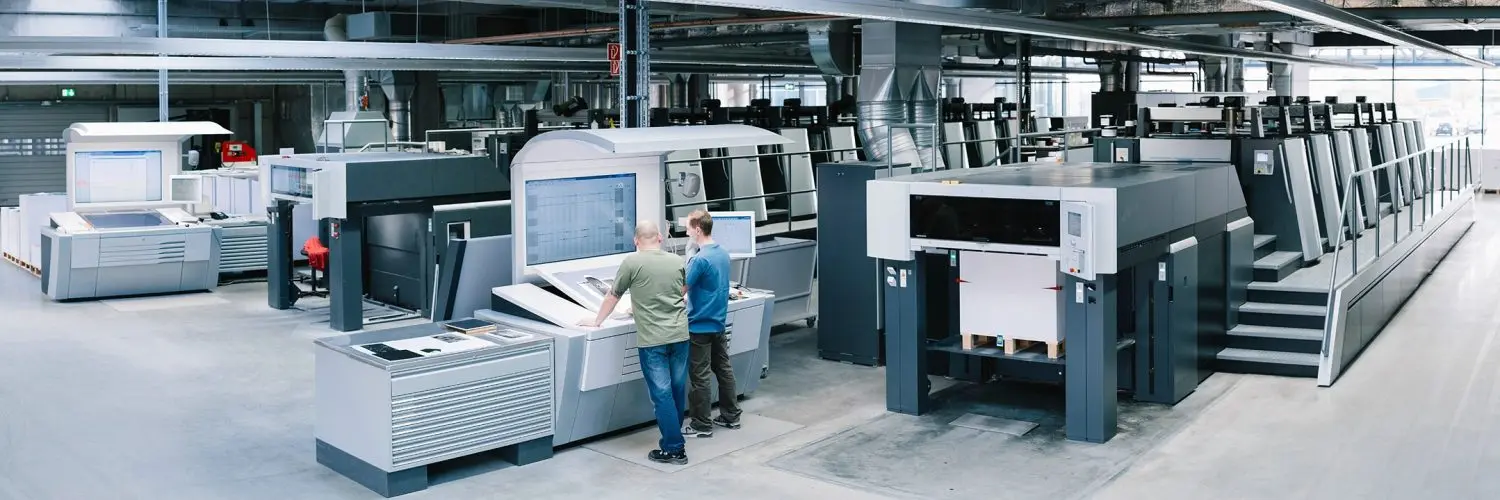Think Different.
Make Your Packaging Different.
We are printing & packaging solution provider, manufacturer.
OEM ODM welcome!


RESEARCH

IDEAs

design

Packaging

marketing

support

Invites You To Build Your Next Packaging
One destination for everything custom packaging.
Getting highly customized packaging has never been easier with UGI Packaging.
Not sure where to start? Our professions can help!
Receive enterprise level service and packaging solutions no matter if you’re a small or big business…
Why Collapsible Gift Box?
Foldable gift boxes have revolutionized the world of gift packaging by offering unmatched convenience and cost-efficiency. Easy to assemble to save on labor costs.
Foldable gift boxes are also highly space-efficient. Their flat-packed design allows them to take up significantly less space during storage, helping businesses cut down on warehouse costs. This space optimization also translates to lower shipping costs, as more units can be transported in a single shipment, making them ideal for businesses looking to streamline their logistics.
Foldable gift boxes offer sturdy construction, customizable designs, and a premium appearance, making them a practical yet elegant choice.

Less
shippping freight

Save
Labor cost to pack

Easy
fold to assemble

Cut
WArehouse cost
We offer a wide range of premium Eye-Catching Packaging Surface Finishes to make your items stand out. From luxurious matte and glossy laminations to striking foil stamping, embossing, and debossing, our finishes add a touch of elegance and sophistication to your designs. For a more unique look, we provide spot UV, soft-touch coatings, and textured effects that enhance the tactile appeal of your packaging. Whether you’re aiming for bold and vibrant or subtle and refined, our surface finishes ensure your packaging leaves a lasting impression, perfectly reflecting the quality and personality of your brand.
Surface Finishes Solutions

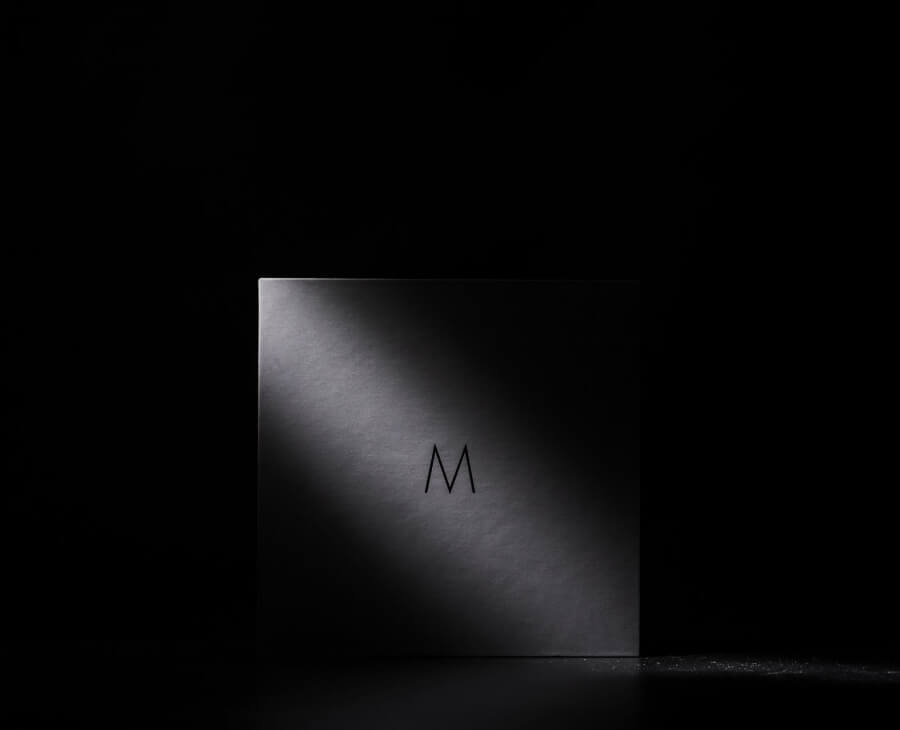
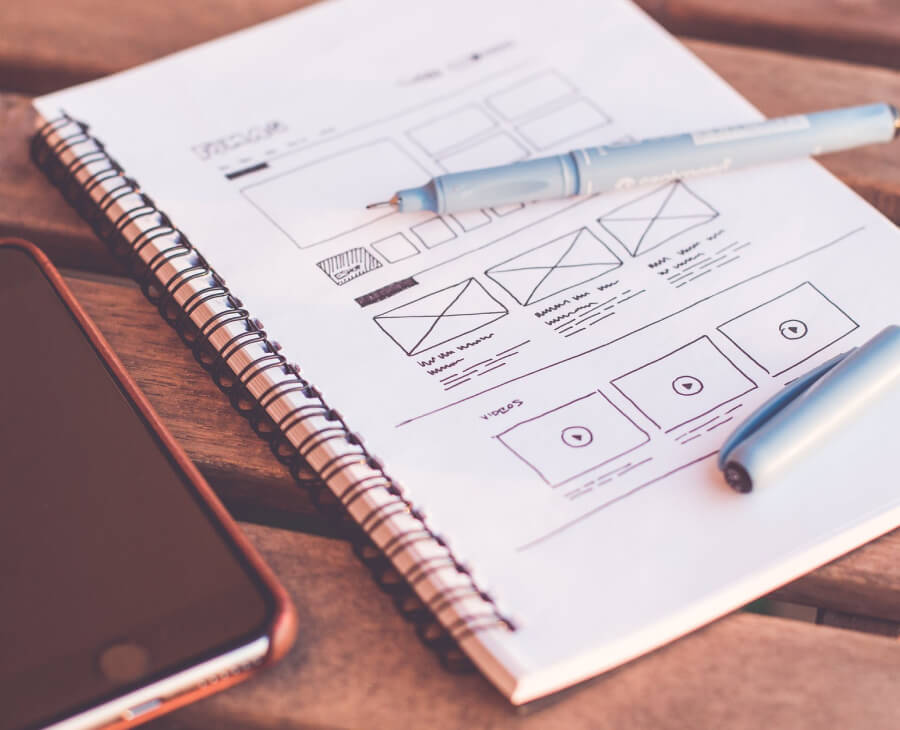
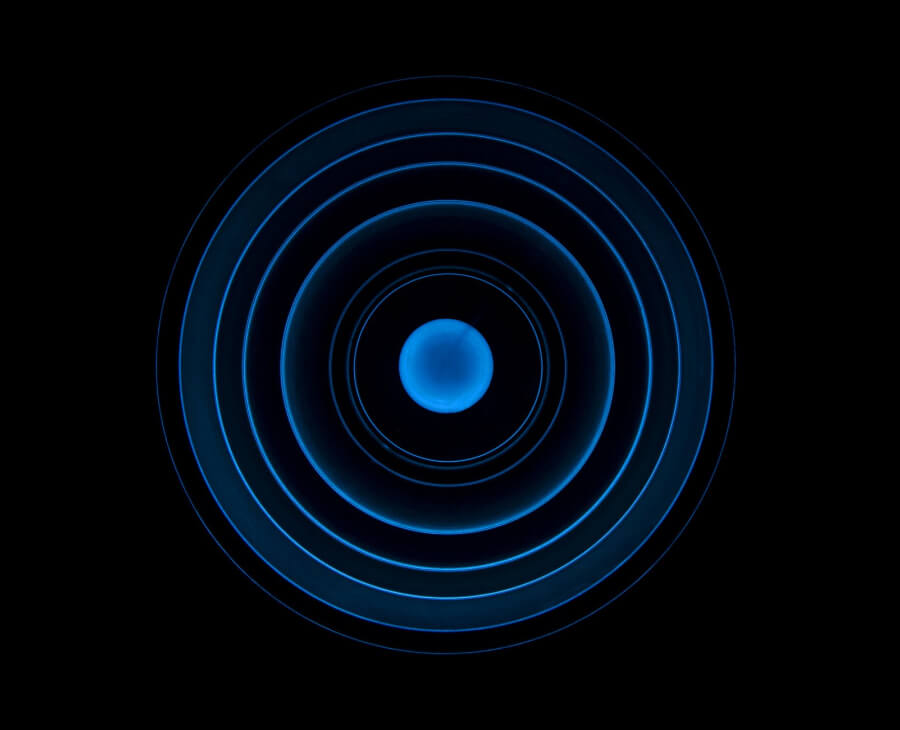
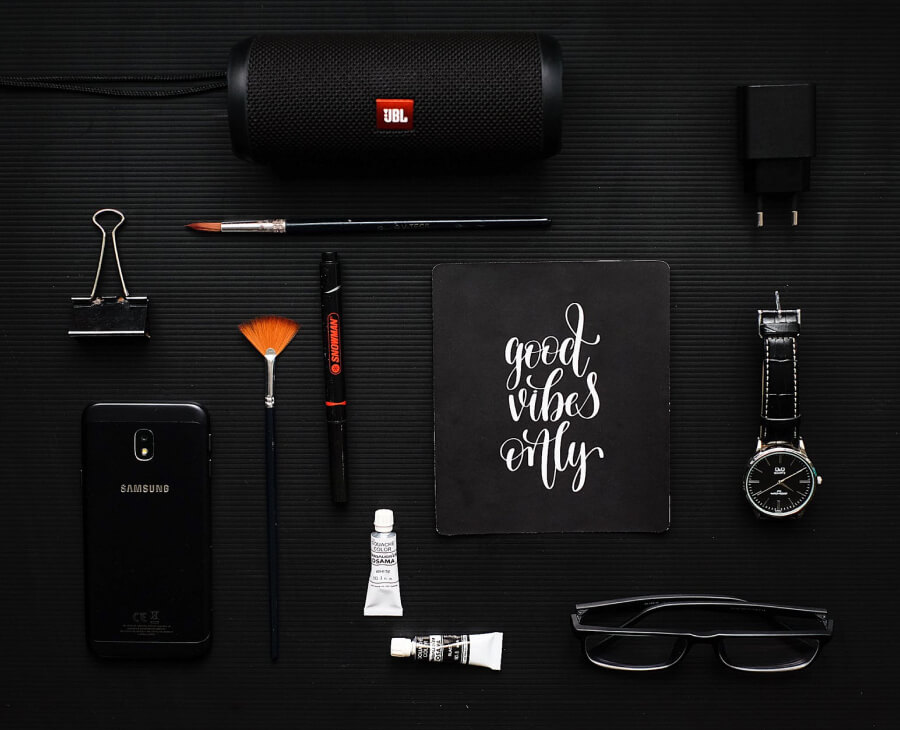
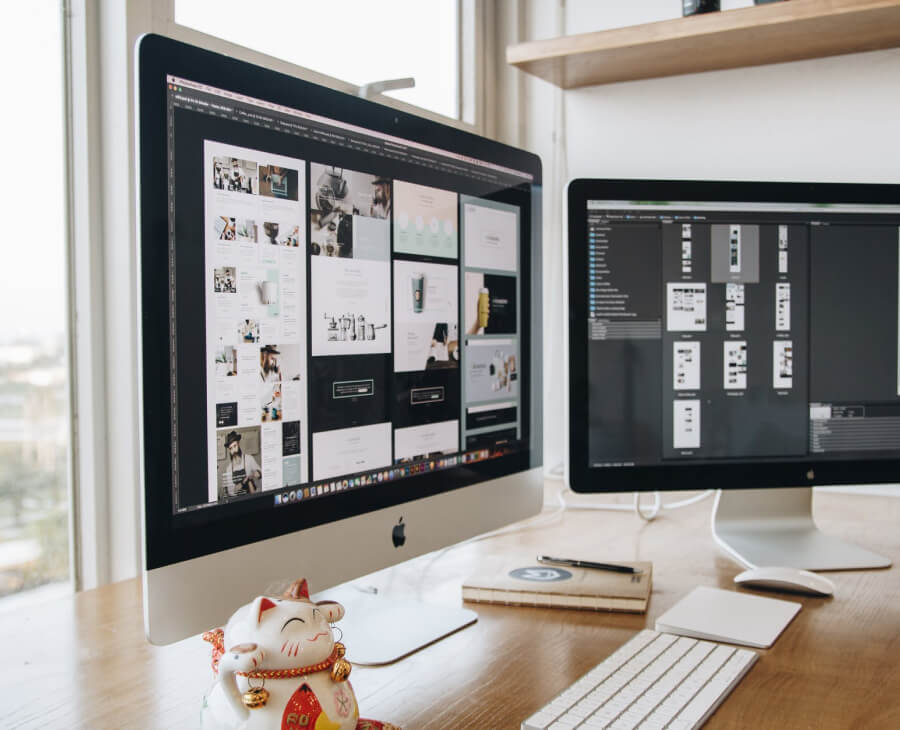
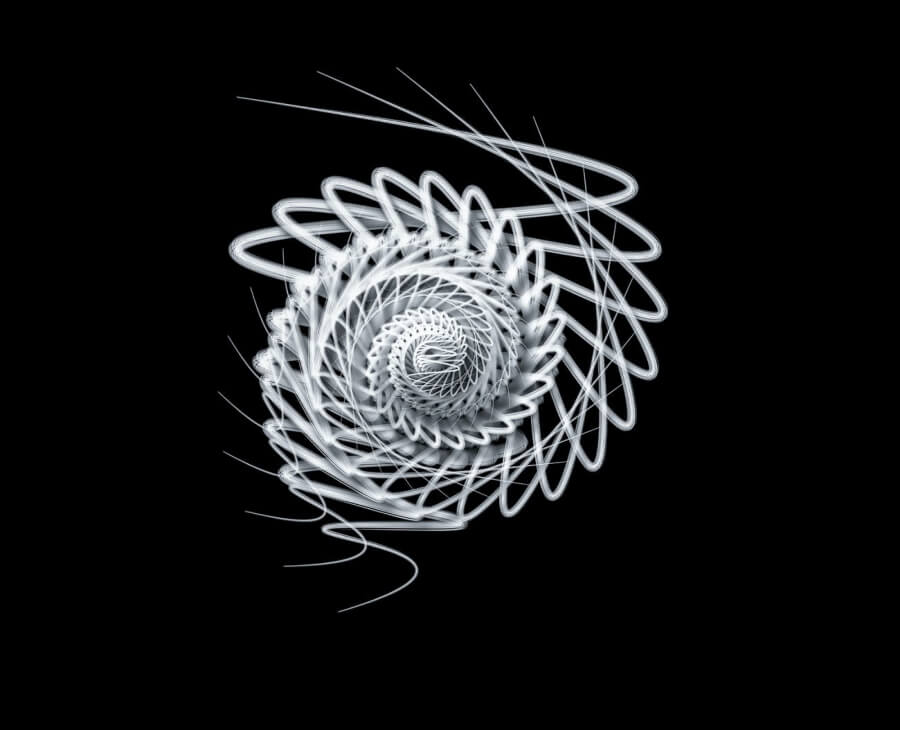

Meet Our Team
Our packaging team is a group of dedicated professionals with expertise in every step of the process—from design to customization to production. With creativity, precision, and attention to detail, our designers bring your vision to life, crafting packaging that perfectly reflects your brand. Our customization experts ensure every element is tailored to your needs, while our production team delivers high-quality results on time and within budget. Passionate and experienced, we are committed to exceeding your expectations and providing packaging solutions that truly elevate your products. Let’s create something extraordinary together!

QA
Quality Controller

Creative
Graphic Designer

DieCutting
Tooling Engineer

Innovation
Boxes Developer
Have Any Questions?
Got questions or ready to start a printing or packaging project? We’re all ears!
Reach out to us today to discuss your ideas, schedule a consultation, or simply say hello.
We can’t wait to hear from you!
Let’s talk
Our WhatsApp is online 24/7.
If you have any questions, you can contact our customer service at any time.

